The murky waters of urban rivers have long posed environmental challenges, but an innovative solution is taking root—literally. Across the globe, a quiet revolution in waterway restoration is unfolding through the use of biological filtration blankets, where carefully selected plant species create living filtration systems along degraded riverbanks. This approach harnesses the natural filtering capabilities of plant roots to intercept pollutants while simultaneously stabilizing eroded shorelines.
Unlike traditional concrete-channelized river repairs that often disrupt ecosystems, these vegetative barriers work with natural processes rather than against them. The technology utilizes densely planted native grasses, sedges, and flowering perennials whose interwoven root systems can extend several meters into the water column. As contaminated water flows through this submerged "root curtain," heavy metals bind to root exudates, nutrients are absorbed for plant growth, and suspended solids become trapped in the fibrous matrix.
Recent implementations along the Rhine tributaries demonstrate the method's surprising efficiency. Monitoring data revealed a 68% reduction in nitrogen runoff and 83% decrease in turbidity downstream of installed root filtration zones. Perhaps more remarkably, these systems continue improving over time as root networks expand—a stark contrast to conventional filtration systems that degrade with use. The thriving vegetation also provides unexpected habitat corridors for endangered aquatic insects and small fish species displaced by urban development.
The science behind this phytoremediation approach reveals elegant complexity. Plant roots release oxygen and organic compounds that support microbial communities capable of breaking down petroleum hydrocarbons and other persistent pollutants. This symbiotic relationship creates what researchers call the rhizosphere effect—a bioactive zone where plant and microbial activity concentrate to accelerate contaminant removal. Certain metal-accumulating species like water willow (Justicia americana) can store toxins in their tissues without harm, allowing periodic harvesting to physically remove pollutants from the ecosystem.
Installation requires careful hydrological analysis to ensure proper water flow through the root zone without causing erosion. Engineers now use biodegradable coconut fiber mats to protect young plants during establishment, a technique adapted from traditional Asian riverbank stabilization methods. These mats eventually decompose as the plants mature, leaving no artificial traces in the environment. Maintenance primarily involves managing invasive species that might compete with the intentionally planted vegetation—a task increasingly handled by local volunteer groups as part of community stewardship programs.
Cost comparisons reveal significant advantages over mechanical alternatives. A linear foot of root filtration barrier costs approximately 40% less than concrete bulkhead installation, with far lower lifetime maintenance expenses. Municipalities report additional savings from reduced stormwater treatment needs as the systems intercept urban runoff before it enters combined sewers. The aesthetic and recreational benefits have sparked unexpected economic revitalization in some areas, with property values increasing near restored waterways.
Climate resilience represents another emerging benefit. During extreme rainfall events, the flexible root matrices allow water passage while trapping sediments—unlike rigid structures that can fail catastrophically. Drought periods actually enhance certain filtration processes as slower water movement increases contact time with roots. Researchers are now developing species combinations tailored to projected climate conditions, creating "future-proof" designs for waterways facing uncertain precipitation patterns.
While the technology shows tremendous promise, limitations exist. Highly concentrated industrial effluents may overwhelm biological systems, requiring pretreatment. Winter dormancy in temperate climates reduces effectiveness during cold months, prompting investigations into cold-tolerant evergreen species. Perhaps the greatest challenge lies in changing engineering paradigms—convincing municipalities to embrace living systems where static infrastructure has long been the default solution.
From Seoul's Cheonggyecheon River to London's Thames tributaries, success stories continue accumulating. What began as experimental patches of riverside vegetation has matured into a proven nature-based solution for urban water quality challenges. As cities seek sustainable approaches to environmental management, these unassuming root systems may well redefine how we heal our damaged waterways—one filtered droplet at a time.
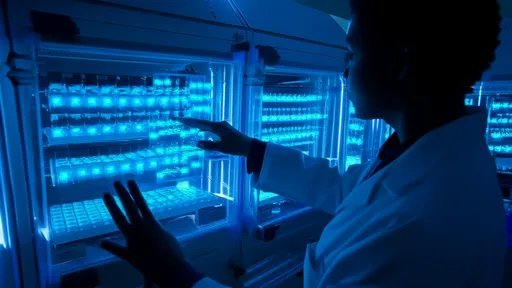
By /Jul 3, 2025
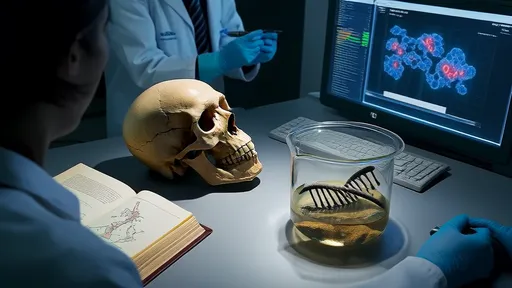
By /Jul 3, 2025

By /Jul 3, 2025

By /Jul 3, 2025

By /Jul 3, 2025

By /Jul 3, 2025

By /Jul 3, 2025
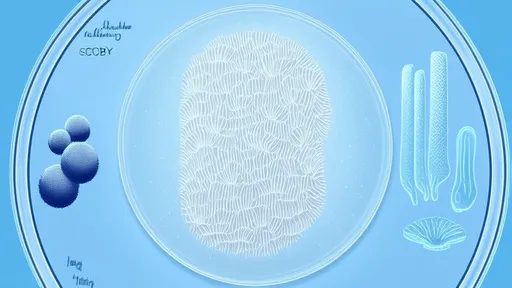
By /Jul 3, 2025
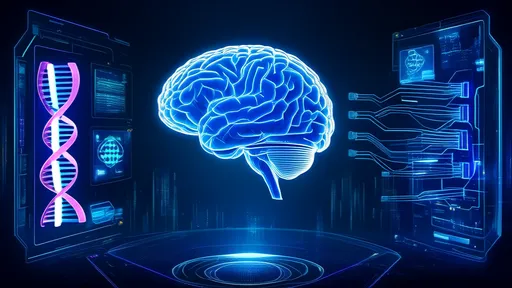
By /Jul 3, 2025

By /Jul 3, 2025
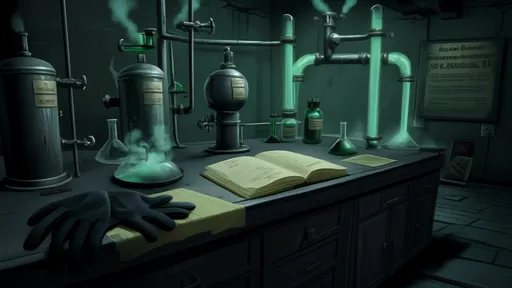
By /Jul 3, 2025
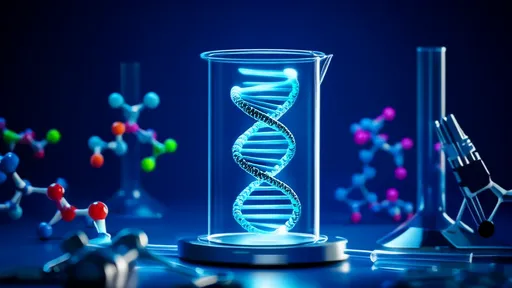
By /Jul 3, 2025
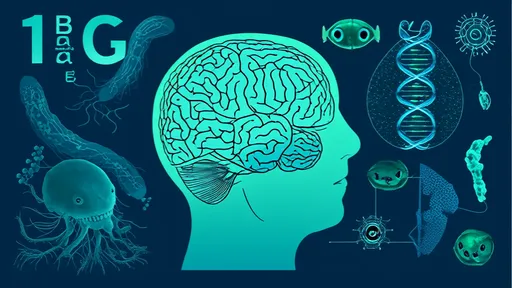
By /Jul 3, 2025
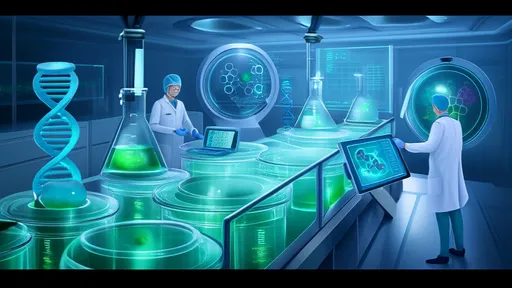
By /Jul 3, 2025
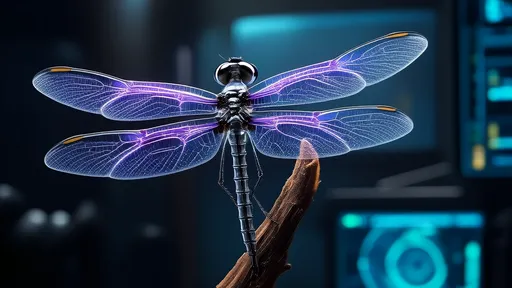
By /Jul 3, 2025
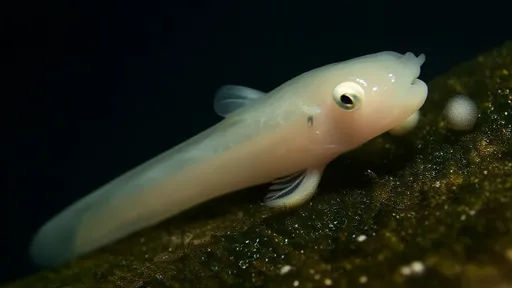
By /Jul 3, 2025
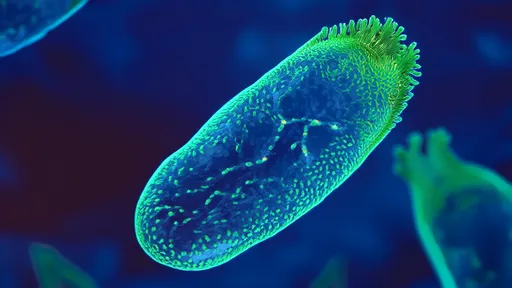
By /Jul 3, 2025
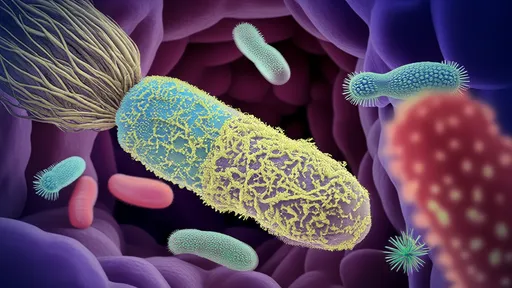
By /Jul 3, 2025
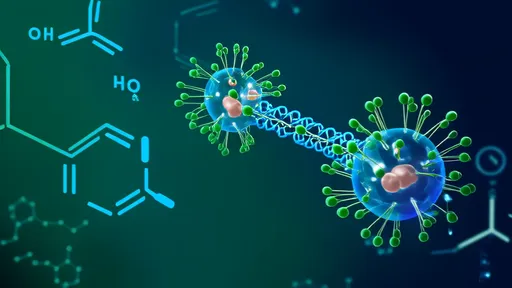
By /Jul 3, 2025
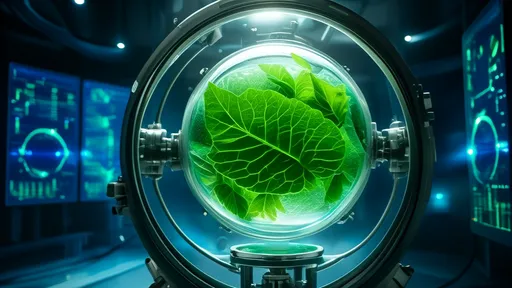
By /Jul 3, 2025